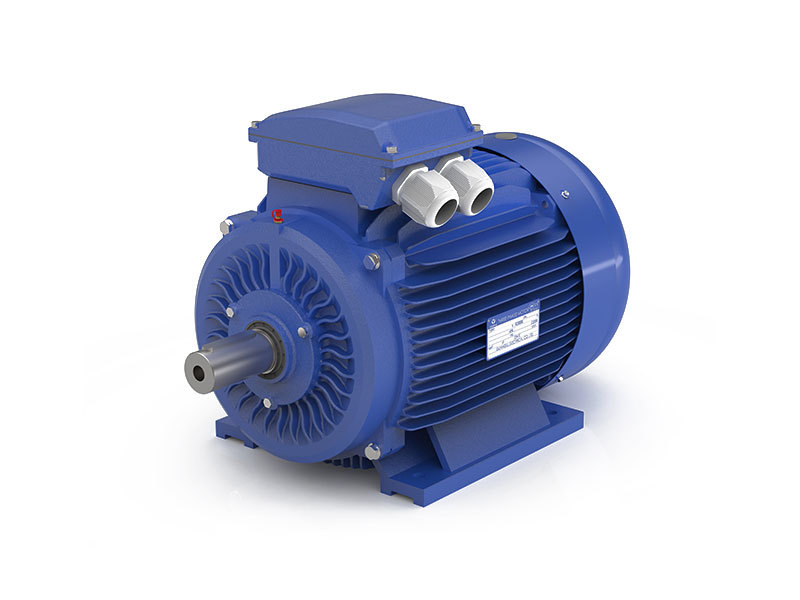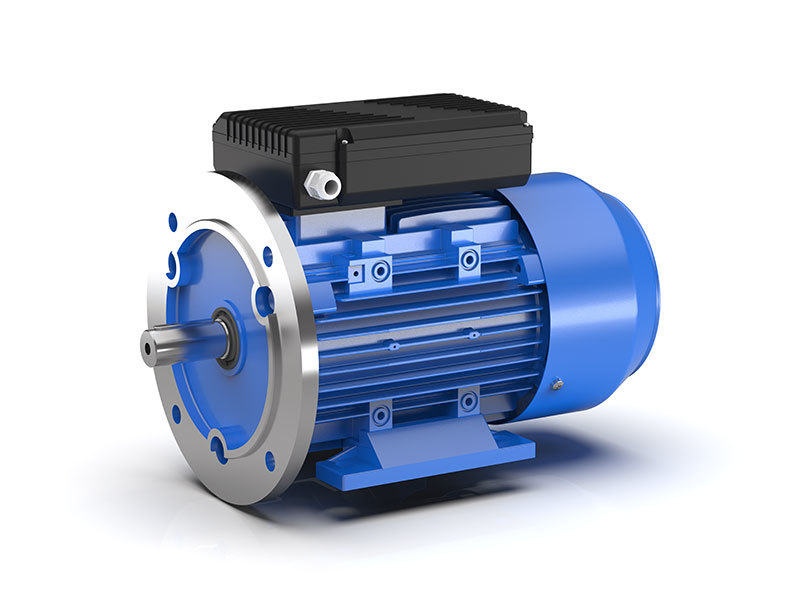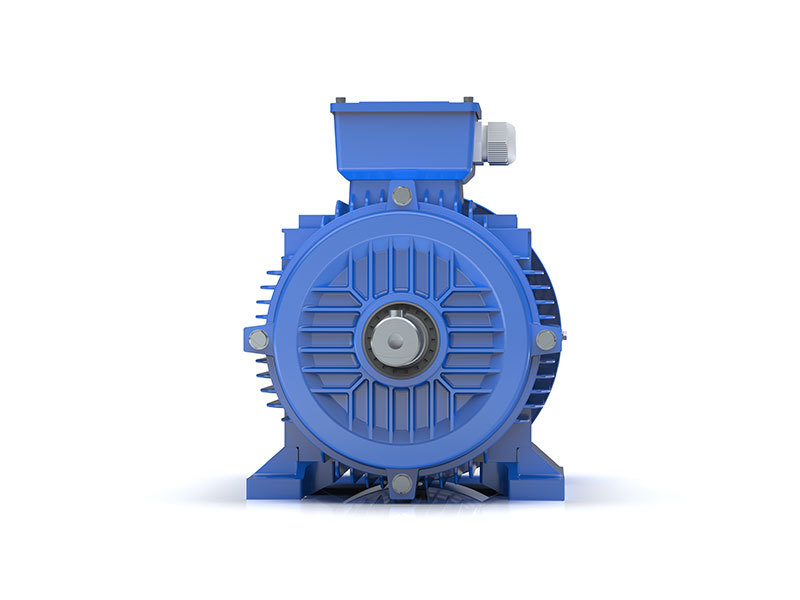Top 5 Applications of Vibration Motors You Should Know About
Aug 04,2025
Top 5 Applications of Vibration Motors You Should Know About
Vibration motors have become integral components in numerous industries, serving a variety of functions that enhance user experience and operational efficiency. These compact and versatile devices create motion and vibrations to convey feedback, facilitate processes, and provide an engaging interaction between machines and users. In this article, we will explore the **top five applications of vibration motors**, discussing their importance, functionality, and impact on various sectors.
Table of Contents
- 1. Vibration Motors in Consumer Electronics
- 2. Vibration Motors in Industrial Automation
- 3. Vibration Motors in Automotive Applications
- 4. Vibration Motors in Healthcare
- 5. Future Trends and Innovations in Vibration Motors
- FAQs About Vibration Motors
- Conclusion
1. Vibration Motors in Consumer Electronics
In the age of smartphones and smart devices, vibration motors play a pivotal role in enhancing user experience. **Smartphones**, tablets, and wearables utilize these motors for haptic feedback, providing users with tactile sensations that mimic real-world interactions. This technology is essential in applications like gaming, messaging, and various notifications, enhancing overall engagement and satisfaction.
For instance, when a user receives a call or message, the vibration motor activates, alerting them through vibrations instead of sounds. This feature is particularly useful in noisy environments, allowing users to stay connected discreetly. Moreover, gaming devices employ vibration motors to create immersive experiences, providing players with tactile feedback that enhances gameplay.
The evolution of **haptic technology** has led to advanced designs of vibration motors, such as linear resonant actuators (LRAs) and eccentric rotating mass (ERM) motors, which offer varying levels of intensity and precision. As manufacturers strive to create more engaging and interactive devices, the importance of vibration motors in consumer electronics is expected to grow.
2. Vibration Motors in Industrial Automation
The industrial sector benefits significantly from vibration motors, which are widely used in **automation systems** to enhance efficiency and productivity. These motors provide essential functions such as **material handling**, **sorting**, and **screening** in manufacturing processes.
In material handling applications, vibration motors help move bulk materials through hoppers and chutes, ensuring smooth and controlled flow. By creating vibrations, these motors prevent material clogging and facilitate seamless movement, thus optimizing production lines.
Additionally, vibration motors are integral to sorting and screening processes, where they help separate materials based on size and weight. For example, in recycling operations, vibration motors enable the effective separation of different materials, allowing for efficient processing and recycling of waste. The ability to fine-tune vibration intensity enhances the precision of these operations, leading to higher quality outputs.
Furthermore, the integration of **IoT technology** in industrial automation has paved the way for intelligent vibration motors that can adapt to varying operational conditions, improving overall system performance.
3. Vibration Motors in Automotive Applications
Vibration motors are also prevalent in the automotive industry, where they serve multiple functions, enhancing both safety and user experience. One of their most critical applications is in vehicle **safety systems**, particularly in **collision warning systems**.
By providing haptic feedback through vibrations, these motors alert drivers to potential hazards, helping them respond quickly to avoid accidents. For example, when a vehicle approaches an obstacle or another vehicle in its blind spot, vibration motors can activate to notify the driver, enhancing overall safety.
Moreover, vibration motors are used in infotainment systems, where they create tactile feedback for controls and notifications. This feature helps eliminate distractions, allowing drivers to focus on the road while interacting with their vehicle's systems.
With the advancement of autonomous vehicles, the role of vibration motors is expected to expand further. These motors will be crucial in creating meaningful interactions between the vehicle and its occupants, providing sensory feedback that enhances the overall driving experience.
4. Vibration Motors in Healthcare
The healthcare industry has also recognized the importance of vibration motors, utilizing them in various applications that enhance patient care and medical devices. One prominent application is in **medical alert systems**, which utilize vibration motors to notify patients of critical alerts, such as medication reminders or emergency situations.
In rehabilitation therapy, vibration motors are employed in devices designed for muscle stimulation. These devices create vibrations that can help improve muscle strength and circulation, contributing to faster recovery for patients.
Moreover, wearable health devices integrate vibration motors to provide feedback related to health metrics, such as heart rate or activity levels. This feature allows users to receive real-time updates without requiring constant visual attention, making it easier to monitor health conditions effectively.
As technology continues to evolve, the potential applications of vibration motors in healthcare will expand, leading to more innovative solutions aimed at improving patient outcomes.
5. Future Trends and Innovations in Vibration Motors
The future of vibration motors appears promising, with ongoing advancements in technology aimed at enhancing their functionality and applications. One key trend is the development of **miniaturized vibration motors**, which allow for integration into even smaller devices without compromising performance. This trend is particularly relevant in wearable technology, where size and weight are critical factors.
Another significant trend is the integration of artificial intelligence (AI) and machine learning with vibration motors. By analyzing user interactions and preferences, these technologies can enable vibration motors to deliver tailored feedback that enhances user experience.
Additionally, as industries increasingly adopt automation and smart technologies, vibration motors will continue to evolve, becoming more efficient and responsive to varying operational needs. The push for sustainability will also influence the design of vibration motors, with manufacturers focusing on developing energy-efficient solutions that minimize environmental impact.
FAQs About Vibration Motors
1. What is a vibration motor?
A vibration motor is a device that creates vibrations through mechanical motion. They are widely used in various applications to provide tactile feedback, facilitate movement, and enhance user experience.
2. How do vibration motors work?
Vibration motors typically operate by rotating an unbalanced mass at high speeds, creating vibrations. The intensity and frequency of these vibrations can be adjusted based on the application.
3. What are the different types of vibration motors?
The two primary types of vibration motors are eccentric rotating mass (ERM) motors and linear resonant actuators (LRAs). ERM motors create vibrations through the rotation of an unbalanced mass, while LRAs utilize a magnetic field to produce linear vibrations.
4. Where are vibration motors commonly used?
Vibration motors are commonly used in consumer electronics, industrial automation, automotive applications, and healthcare devices, among other sectors.
5. What are the benefits of using vibration motors?
The benefits of vibration motors include enhanced user experience through tactile feedback, improved efficiency in manufacturing processes, increased safety in automotive applications, and better patient care solutions in healthcare.
Conclusion
Vibration motors play a vital role in various industries, with applications ranging from consumer electronics to healthcare. Their ability to provide tactile feedback, enhance automation processes, and improve user experience makes them indispensable in today’s technology-driven world. As we look to the future, ongoing innovations and trends will continue to shape the development of vibration motors, expanding their functionalities and applications even further. Understanding these diverse applications helps us appreciate the significance of vibration motors in our daily lives and their potential for future advancements.








